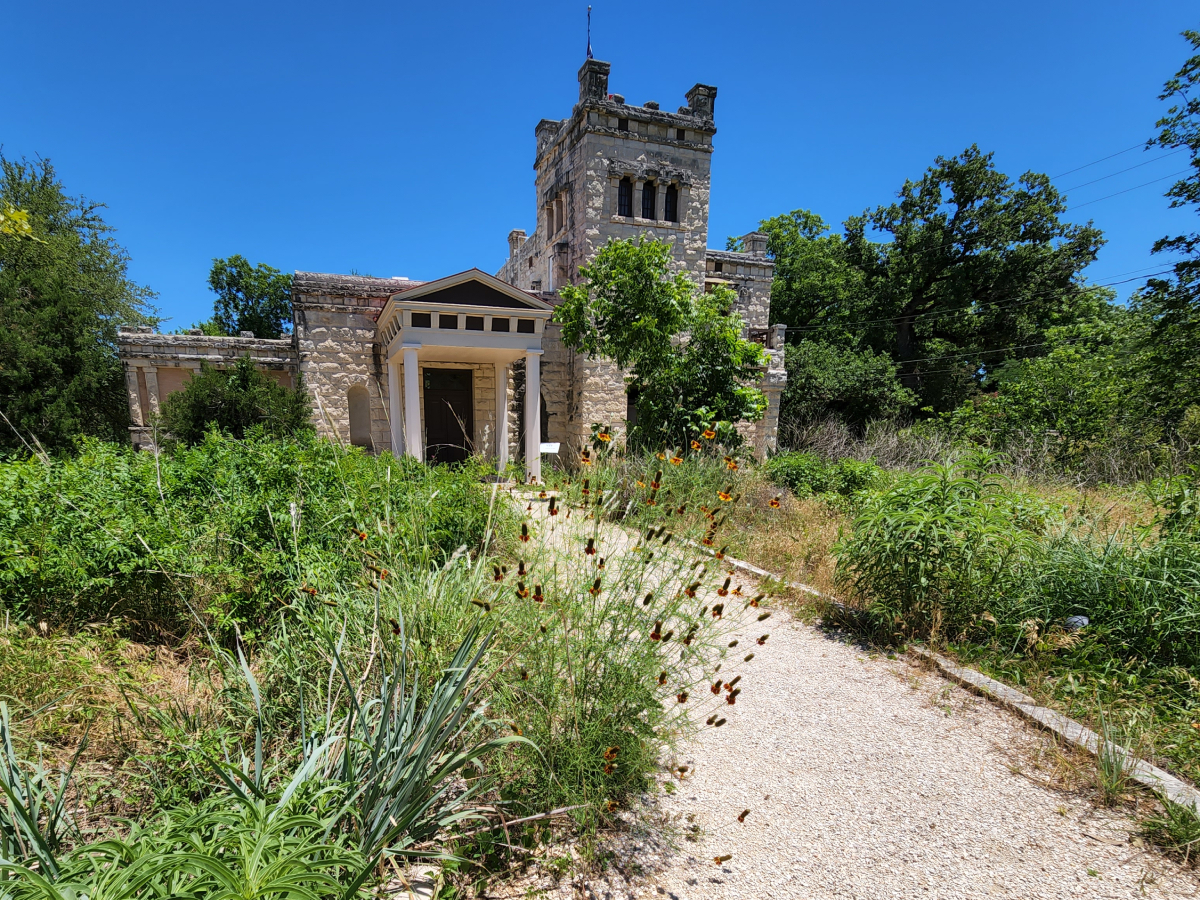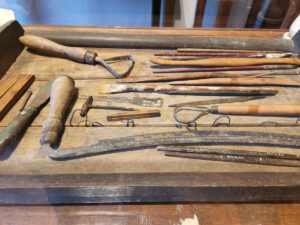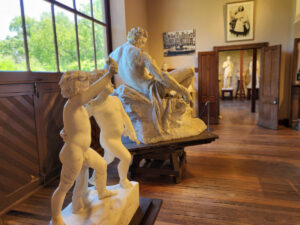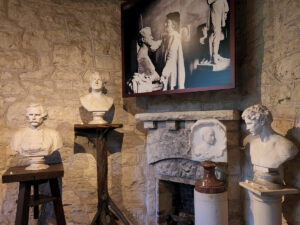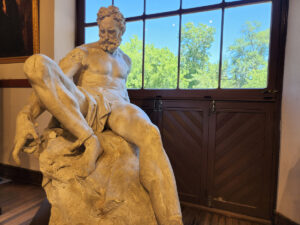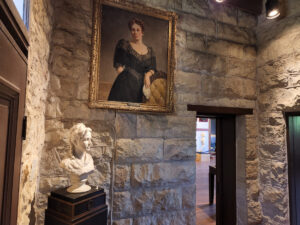- Ney Famous At Time When Few Women Were Recognized As Artists
- Elisabet Ney Always Known for Unconventional Approach to Life and Art
- Ney’s Austin Studio Played a Role in Political and Social Change for Austin Women
- Ney’s Women Friends Founded Elisabet Ney Museum After Her Death
- Elisabet Ney Museum Continues To Be Center for Austin Community
- Website Link
- 304 East 44th Street
- (512) 974-1625
- 4 Miles from Downtown Austin
Elisabet Ney Was Famous for her Sculptures at a Time When Few Women Were Recognized as Artists
Born in Germany in 1833, Elisabet Ney was a pioneering female sculptor known not only for her artistic abilities, but for her unconventional lifestyle. Ney was one of the first women to study sculpture at the Royal Academy of Art in Berlin.
Elisabet Ney’s sculptures of leading thinkers and political leaders of the 1800’s made her one of Germany’s most famous sculptors at the time. The reasons are unclear because Ney insisted her letters be burned after her death, but despite her success, Elisabet Ney and her family left Germany in 1871. They eventually settled at a cotton plantation in Hempstead, Texas.
In 1890, Elisabet Ney received her first commission in over 20 years from the State of Texas. She was almost 60 years old at the time. Ney’s sculptures of General Sam Houston and President Stephen F. Austin revitalized her career and stabilized her family’s finances. These two Elizabeth Ney sculptures have been displayed at the entrance to Texas State Capitol for well over 100 years and are some of the first works of art commissioned by the state of Texas.
Elisabet Ney Was Always Known for Her Unconventional Approach to Life and Art
Starting with her determination to study sculpture as a young woman in Berlin, Elisabet Ney challenged traditional gender roles all her life. Though she did marry scientist and naturalist Edmund Montgomery and had two sons, Ney was often quoted as saying marriage is a form of bondage. Almost unheard of at the time, Ney did not take her husband’s last name when they married and often referred to him as her best friend. Ney cut her hair short, often dressed in men’s clothing, and rode her horse astride like a man instead of sidesaddle like most women.
Ney’s approach to her artwork was also unconventional. Both Sam Houston and Stephen F. Austin were portrayed in fringed leather as frontier statesmen rather than in formal attire as was the normal custom. Using engravings and photographs as guides, she depicted the two founders of Texas in a naturalistic style. Both subjects were rendered life sized, with the over 6 foot tall Houston towering over the much smaller Austin.
Ney's Austin Studio Played a Role in Political and Social Change for Austin Women
In 1892, with funds from her State of Texas art commission, Ney built a studio in the Hyde Park suburb of Austin that she called “Formosa.” Formosa was built of limestone in the Neo-Classical style to resemble a Greek temple. Named for the Portuguese word for “beautiful,” Formosa was not only an art studio, but a center for cultural gatherings and conversations.
At the turn of the century in America, women began to advocate for more rights like the right to vote, equal pay, and access to education and jobs. Ney was an early leader in the Texas Women’s Movement, an organiztion that worked for more rights and opportunities for Texas women. Ney’s studio and home at Formosa was a meeting place for her and her friends to share ideas and plan civic activities.
Ney's Close Circle of Women Friends Founded the Museum After Her Death
Ney had a group of women friends in Austin who supported and promoted her work. When Ney died of a heart attack in 1907 while repairing a break on a statue, these Austin women purchased her studio and created the Elisabeth Ney Museum.
The Elisabet Ney Museum collection includes a number of Ney’s sculptures, as well as her personal belongings and photographs. One of the highlights of the museum is the marble sculpture “Lady Macbeth,” which is considered one of Ney’s masterpieces. The museum also displays a collection of portraits of notable figures, including philosopher Friedrich Nietzsche and President Woodrow Wilson.
Elisabet Ney Museum Continues To Be Center for Austin Community
In addition to its permanent collection, the Elisabet Ney Museum hosts rotating exhibitions, events, artist talks and workshops. The grounds have been restored to the historic prairie landscape that Ney saw when she bought the property in 1882.
Besides a look at the life and art of an unusual artist whose work has been seen by countless Texans, the museum’s gardens are a beautiful and peaceful place to relax. Admission to Elisabet Ney Museum is free.

